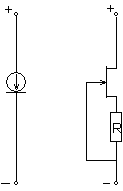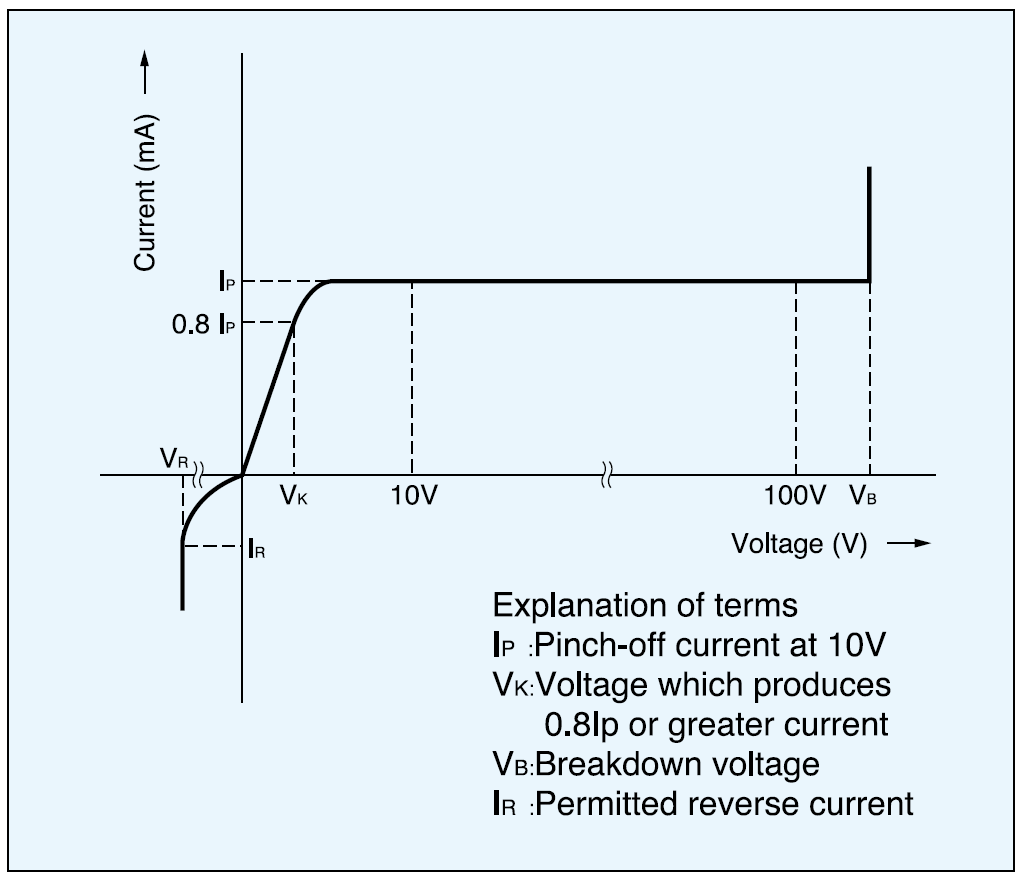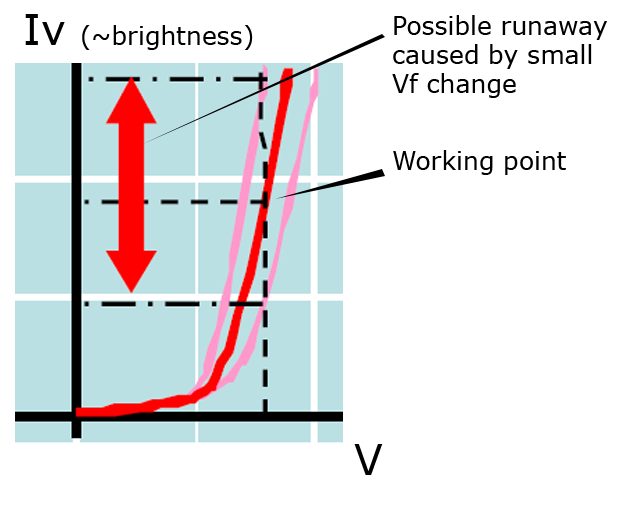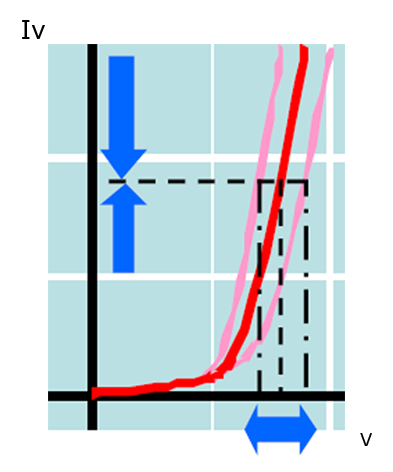Zoltán Kiss- Area Sales Manager - East Europe - Endrich GmbH.
Current regulative diodes
7 June 2007

Summary :
There are a number of electronic equipments, which require stabile, regulated supply current. An effective solution could be provided by using Current Regulative Diodes (CRDs). There is a second naming in the technical literature being used: Current Limiting Diodes, that represents the same component. CRD is a special diode which provides constant current to an electric circuit, even when input voltage provided by the power supply or load impedance fluctuations occure. CRD is used for current stabilization and current limiting.
The CRD is able to regulate the current within 1-100V input voltage range. As the construction regards, CRD is an n-channel JFET-transistor with the gate shorted to the source through a resistor. In this opreation mode the J-FET functions like a two-terminal current limiter or current source, analogous to the voltage-limiting Zener diode. CRD allows a current through itself to rise to a certain value, and then level off at a specific pinch-off (Up) voltage. Unlike Zener diodes, these diodes keep the current instead of the voltage constant. The constant current is kept unchanged when the voltage changes till reaching the so called breakdown voltage. The current regulating characteristics can be followed at the figure 2.


When applying the voltage to the device „drain” current is generated that makes voltage drop over the channel. Once the drain-source voltage reaches a certain minimum value, the so called pinch-off voltage (Vp), the J-FET enters saturation where current becomes constant. This configuration is a constant-current diode, as it behaves similar to the constant voltage Zener diode used in simple voltage sources.
Due to the different saturation currents of J-FETs, the configuration often includes a source resistor, which limits the current to a desired value, as shown on figure 1. The drain connector takes over the role of anode (A) and the source will act like a cathode (C). By reversing the polarity the CRD will behave as a normal low signal diode. The unique current limiting capability, the typically M range dynamic impedance and the low temperature drift provide significant advantages in comparison with transistor based current regulative solutions. In these traditional circuits, there are at least five discrete components to provide a current source, CRD is only a single item for the same task. (See figure 3).

Semitec developed CRDs typically between 0,1 mA and 15mA regulated current and for maximum 100V nominal voltage, in 16 different devices. The sensitivity for temperature fluctuation is very low on the whole operational temperature range of–30 °C- 150 °C, the voltage increase and current reduction caused by the possible self heating could be compensated by parallel correction resistor. The use of more paralleled CRDs will increase their current handling capability, and it is also possible to increase the voltage range by using a Zener diode in series with the line, providing constant current on an enlarged voltage area. The Semitec CRDs are available in leaded (E) and SMD (S) types.
Applications
- PLC (programmable logic controller)
- Analog and digital inputs’ current limiting
- sensor applications
- LED control circuits
CRDs used in LED applications
Brightness of LED is changing as a result even of small fluctuation of voltage. One possibility to solve this problem would be to provide constant voltage source to the LEDS, however the varying forward voltage of the different discrete LEDs would also result deviating brightness. Therefore for most of applications, LEDs require a constant current source.


CRD can be used to stabilize performance of LED, it regulates the current even when circuit voltage fluctuates. On I-V curve of the LED it is visible that around the working point a small change in the applied voltage can cause a huge change of the forward current, which could lead to thermal runaway, and the junction temperature of the LED will rise above the tolerable level due to the self heating, causing lifetime issues. Using a resistor in series, the current can be limited, however with the varying voltage the If will still fluctuate. The forward current rise could be also caused by a deviation of the thermal coefficient of the LED itself, represented by a different I-V curve, the working point of the original curve will be shifted to the new curve, which might then result again higher forward current on the same Vf. Using CRD would provide solution for both cases. The If will be stable - even if supplied voltage varies - by adjusting the Vf.
| Share on Facebook | Share on LinkedIn |
References
This article has been published on the following locations:
| # | Media | Link |
|---|---|---|
| 1 | Elektronet 2007/4 | Elektronet : elektronikai informatikai szakfolyóirat, 2007. (16. évf.) 4. sz. 38. old. |


